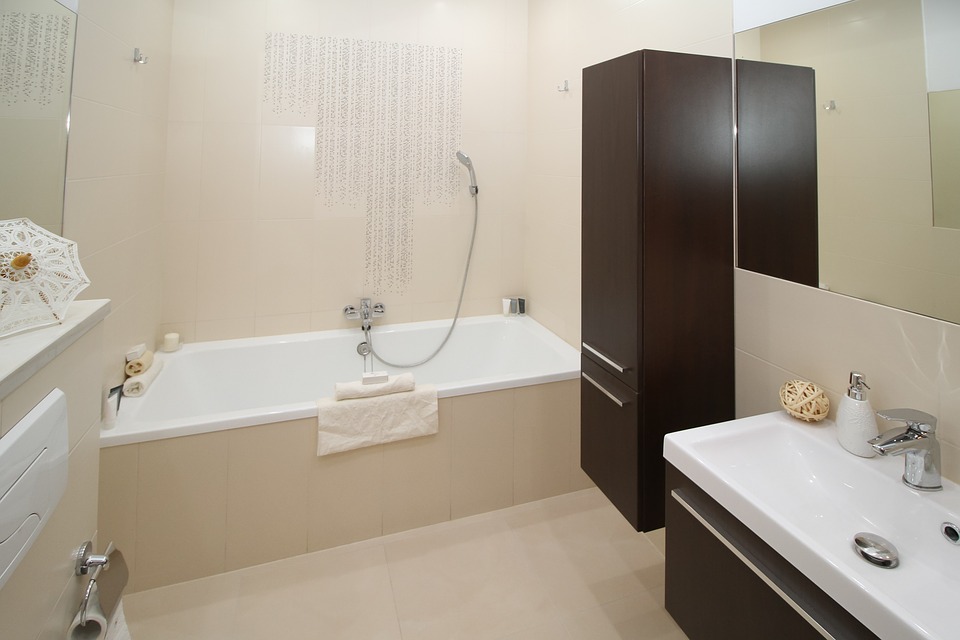One of the more common problems that you will have to deal with in your bathroom is the growth of mold and mildew. Exposure to damp and moldy environments can cause a variety of health issues, according to the Centers for Disease Control and Prevention, especially if you are sensitive to molds. If mold and mildew have started growing in your bathroom, here are five common causes that could mean it’s time for a bathroom renovation.
Poor Ventilation
One of the most common reasons you may have mold in your bathroom is because of poor ventilation. When the shower is in use, most people tend to close their bathroom doors. This causes the moisture-laden steam to become trapped. The moisture then attaches itself to the walls, floors, and plumbing features. Over time this gives way to the growth of mold and mildew. If you don’t have a fan in your bathroom, then you need to leave either the door or a window open while showering to prevent mold and mildew.
Leaky Toilets, Sinks, and Plumbing Pipes
If your sinks and toilets are leaking, you can develop a mold and mildew problem quickly. This is the same if your pipes are leaking. To determine if this is the cause of your mold, you’ll need to do a quick inspection of your bathroom. Look for any standing water or condensation around the sink and toilet. If you have leaky fixtures, you may need to replace them with newer products from a bathroom warehouse Sydney. Fixing the leaks should help eliminate mold and mildew.
Dampness
The bathroom is arguably the wettest area in your home, primarily because of all the plumbing fixtures. Even if you have sufficient ventilation in the bathroom, all the dampness caused by the water being used will eventually give way to mold and mildew. To prevent mold and mildew from forming, it’s essential to clean your bathroom once a week with a mixture of bleach and water, according to the Mrs.Clean site. Spraying moldy surfaces with a 50/50 solution will remove the mold and mildew immediately.
Broken Grout
When your grout begins to deteriorate, you can end up with mold and mildew issues. If you replace the grout in your shower every six months, you can eliminate this as a source for mold and mildew. If you notice your grout has begun to chip and crack, moisture from your shower steam can find its way into the sides and back ends of your tile, making it extremely difficult to remove.
Oversaturated Rugs and Carpets
While having rugs near your shower and bathtub is essential for preventing falls, they can also be responsible for assisting in mold and mildew growth. If you don’t have absorbent mats in your bathroom, consider getting them immediately. Also, try to avoid leaving wet towels and rags on the floors because the moisture from these towels can get trapped under the towel and create the perfect environment to produce mold.
While everyone has to deal with mold and mildew in their bathroom from time to time, it’s never a fun task to tackle. Identifying these five common causes of bathroom mold can help you get a handle on the problem and prevent it from forming in the future.
Featured Image

